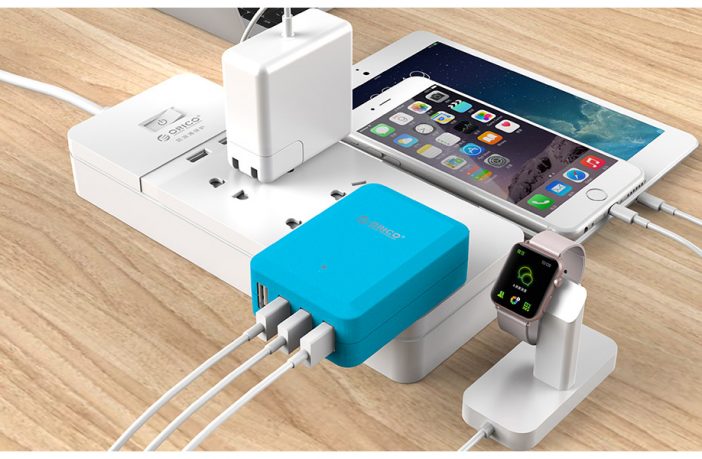Today, mobile gadgets are an integral part of our lives; if you don’t have your cellphone on you, you get that feeling that something is missing, right? Well, with proper care and maintenance, your “companion” will never have to leave your side. Here are 5 tips to help reduce the likelihood of having to send your device away for repairs.
1. Buy a screen protector and/or cover. The truth is that drops are going to happen and in the on-the-go lifestyle, having to hear the phrase, “we’re going to have to send it away for repairs” is spine-tingling. In the past, screen guards were thick and bulky, making them undesirable – not anymore! There is a vast range of covers and protectors that are built specifically for YOUR phone; they conform to the shape and size seamlessly – you won’t even notice it’s there.
2. Download a security system. Hackers have no shame! They’ll taint your social media accounts with graphic images and insulting posts. One of the easiest ways this can happen is if you connect to a public hotspot e.g. at a restaurant or coffee shop. The best way to avoid this is to install a security system that automatically scans the Wi-Fi network to check if it’s safe. If it’s not, it should prompt a warning – kill the connection immediately.
3. Preserve the power. Removable batteries are becoming a scarcity and so more attention to the maintenance of your “juice” is essential.
Top-tier brands usually pack their devices with Lithium-Ion batteries and they behave differently to the nickel-based counterpart. According to GIZMODO, “you should try to keep it north of 50 percent as much as possible. For the most part, going from all the way full to all the way empty won’t help; in fact, it’ll do a little damage if you do it too often.”
However, it is recommended that you fully drain the battery, once a month, for calibration.
4. Don’t use wireless charging. Yes, it’s a very cool, convenient feature if you’re on the move, but it’s not without its problems. Unfortunately, current wireless chargers produce “heat waste” and can roast the battery. In this case, cutting the cord is not more convenient, use a wired charger.
5. Only use “Fast Charge” when it’s absolutely necessary. It’s happened to all of us; you’re in the middle of a vital email and you see the screen dim and the “low battery” message appear; the Fast Charge functionality is a godsend! However, a Lithium-Ion battery will have a longer life if it’s charged at a low, steady speed – the opposite of Fast Charge! So, for better endurance, rather choose a low-voltage charger.



